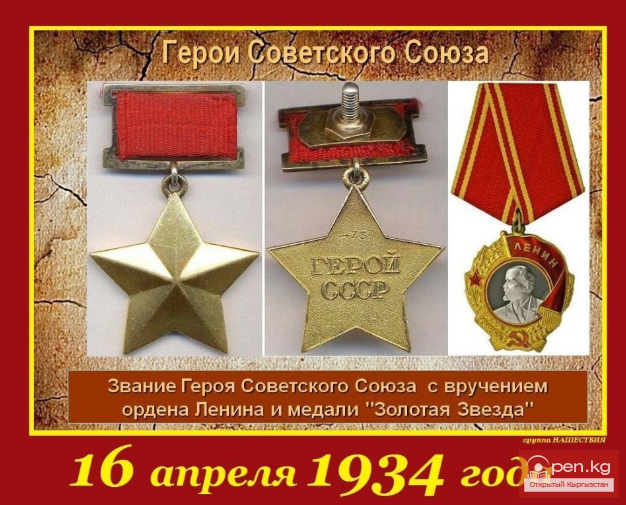
Despite the fact that tourism began to develop from the very beginning of the existence of the USSR, tourism, being a non-industrial sector of the economy, was not a priority direction at the initial stage of planning the Soviet national economy. Only after the end of World War II, with the onset of the Khrushchev era, did foreign tourism begin to develop "as a source of hard currency, as a means of demonstrating the successes of the Soviet economy, and as a marketing tool for the Soviet paradise" (Zhizhanova 2011:2). National tourism developed "to expand people's awareness of their national identity and to foster feelings of pride and loyalty to their country" (Zhizhanova 2011:6).
The main state structures involved in foreign tourism were "Intourist" and "Sputnik." "Intourist" was responsible for the administration of hotels, recreation centers, transportation, guides, visas, and tour programs for foreign tourists. Tourists could travel around the USSR and meet Soviet citizens under the supervision of the Committee for State Security (KGB) (Zhizhanova 2011).
Soviet citizens who wanted to visit foreign countries had to go through numerous filters designed to ensure that such citizens were loyal and shared Soviet ideology (Sheverin 2003). Permitted destinations for foreign tourism included trips to socialist countries such as Czechoslovakia, the German Democratic Republic, Poland, Hungary, Romania, and Bulgaria. Trips to capitalist countries were restricted (Zhizhanova 2011).
"Sputnik" (the Bureau of International Youth Tourism) was engaged in the development of youth exchanges and international tourism and sports among individuals aged 16-30 living in the USSR and abroad (Fedetsko 2013). "Sputnik" had its own transportation, guides, recreation centers, and camps.
From 1958 to 1986, about 6.3 million people from among Soviet and foreign youth participated in exchange tourism programs (Zhizhanova 2011; Kvartalnov and Fedorchenko 1989). More than 34,000 young men and women participated in the XI International Festival of Youth and Students in July 1957; the event itself became a historic occasion when the Soviet Union "opened its doors to the whole world" (Zhizhanova 2011:3).
These events led to the development of sports tourism and resorts. Each Soviet republic had its own Republican Council for Tourism and Excursions, which was responsible for the development of tourism.
The introduction in the republic, organization of excursions and sports tourism aimed at developing patriotism, regional studies, and facilitating excursions and sports training. Major tourist destinations were connected by a network of all-Union tourist routes that offered hiking and biking trips, expeditions, and tours across the territory of the USSR. These tourist routes were popular among youth in the 1970s.
Within the central state bodies, subsidized social tourism programs for people with special needs (Senin 2003) and programs for union members aimed at improving the welfare of the population also functioned. Within the framework of social tourism, workers gained access to resorts and health-improving sanatoriums, and the children of workers had the opportunity to rest in pioneer camps (Musin 1982). This led to an increase in the number of facilities and routes for organizing leisure activities (Abdykadyrov 1984).
In 1945, a tourism and mountaineering department was established within the Republican Committee for Physical Culture and Sports, which began actively training instructors, creating a material base, and promoting tourism and mountaineering among the population. In 1959, the Central Republican Council for Tourism and Excursions was created, and tourist bases began to be established in Frunze (now Bishkek), Ulan, Kychyn, on Issyk-Kul, and in Sary-Chelek, in Arstanbap and Osh region. In 1977, the Republican and regional tourism federations were created; mountain tourism, water tourism, and speleotourism developed rapidly. By 1979, more than one million people participated in tourism events in the Kyrgyz SSR (Marechek 1982).
Soviet guides on bicycle tourism, rock climbing, mountaineering, and long-distance hiking included mountain routes. The leading Soviet tourist magazine "Tourist" published articles about pioneers on the tourist routes of the Soviet Union, including the Kyrgyz SSR.
The first scientific research on tourism in the Kyrgyz SSR was conducted by geographer Abdykadyrov (1984), who studied the recreational functions of the Issyk-Kul region as part of his dissertation, which he defended at Leningrad State University.
The collapse of the Soviet Union had a significant impact on the tourism industry in the new independent Kyrgyzstan. All-Union tourist routes ceased to exist, and states directed efforts to develop tourism within national borders. Kyrgyzstan developed a national sustainable development strategy, including tourism, in 1999 and 2004, respectively. The tourism sector received assistance from international development organizations. The initial groundwork that was laid in the field of tourism research in the Kyrgyz SSR largely did not develop after the collapse of the USSR and the cessation of funding for scientific research. Although the volume of literature published with the support of international projects has significantly increased, the volume of scientific research on tourism has grown only slightly. Nevertheless, for modern tourism research to make the most productive contribution to sustainable tourism development, it is necessary to form a complete understanding of the current state of scientific research in this area to develop the established groundwork or reconsider the established attitudes.
Authors
Kobiljon Shakirov. Researcher, Institute of Mountain Community Studies, University of Central Asia
Aysulu Abdykadyrova. Researcher, Institute of Mountain Community Studies, University of Central Asia
Chad Dyer. Senior Researcher, Institute of Mountain Community Studies, University of Central Asia
Sia Novrodzhi. Chief Technical Editor, University of Central Asia















































